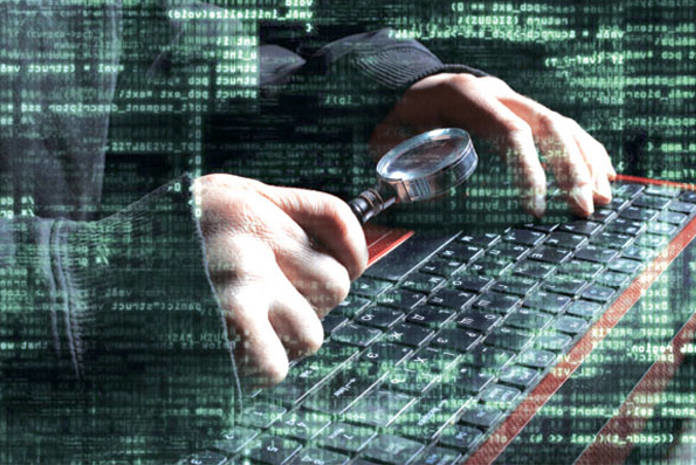(By Devashish Sharma)
For many of us, home has become the new office and for a few, traveling to the office has begun. We all have adjusted well to the new normal where the hybrid working model has taken center stage. There is also an on-going concern especially when it comes to the security of confidential organizational data and information when working outside of your company’s secure networks.
From a cybersecurity perspective, the year 2020 was buzzing for all the wrong reasons. Over the last couple of months, the country has witnessed a tremendous rise in ransomware attacks by over 39 percent, making it the second most impacted country across the globe. While the world was focused on the health and economic threats posed by the pandemic, cyber criminals around the world were capitalizing on this very crisis. In fact, we can anticipate that cybersecurity attacks on various sectors in India will continue to rise well into this year, hence there is a need to keep pace with trends that will shape how we address and handle cybersecurity.
In such a scenario, how do you ensure data/system security while working from home? Here are some simple steps that can help you keep your data secure.
Preventing unauthorized system access
Cybercriminals and hackers are everywhere, looking for an opportunity to hack into your system and gather a significant amount of confidential data. The terror of unauthorized access is increased during such times as hackers know a large portion of the population is still working from home. Most of the data breaches happen due to weak or old passwords. (Some people barely change their passwords regularly). Use unique and strong passwords and change them at regular intervals. Never write down your passwords on your working systems.
Employ two-factor /multi-factor authentication
A large number of organisations are making sure they have two-factor authentication when employees log in to their devices/accounts.
It adds a sheet of security to ensure that only the actual account owner can access their account. A hacker could steal an employee’s password, but they probably won’t have a phone that receives the verification code commonly known as OTP (One Time Password). Also, the hacker wouldn’t have access to a fingerprint, which is used in not all but some systems. Adding one additional layer to the login process could make a lot of difference in keeping hackers out.
Two-factor authentication systems can also serve as a type of alert when an unauthorized user is attempting to log in to an account. This will help know when you need to change your password or contact your IT team about a potential threat.
Beware of phishing emails and messages
If you receive an email around anything not related to work, jackpots, etc., think before clicking on the link. There are a rising number of cases where employees receive such emails, which once clicked on provide an inroad to hackers with malicious intent.
Securing home networks
Even though you may have a separate work laptop provided by your office, while working from home, you’d be using your home Wi-Fi. And your organization’s IT team has no control over it. Changing passwords to something more complex than just birthdays is the simplest step in securing the home network. If the IT team of your organisation has not installed a VPN client, one can always secure the WiFi network or their own devices, by subscribing for a paid VPN service.
Using a virtual private network (VPN) on your work device before connecting it to your home network is another security practice that must be followed. Ensure to avoid free VPN’s as they are not completely safe.
Lastly, be proactive!
It only takes one bad click to corrupt and breach your system. Cyber risks are here to stay and this phenomenon is set to rise. In 2020, we saw an increase of threat attackers pick on protocols that were used for meaningful exploitation. While this is likely to continue in 2021, attacks on Windows-time service and Network Time Protocol (NTP) may be next in line.
Even with the constant increase in awareness around the importance of cybersecurity, it is expected that in 2021, there could be one attack every 11 seconds! Therefore, the need of the hour today is to be alert and proactive in order to secure your hybrid workforce from a cyberattack.
(The author is the CTO at Flock)













